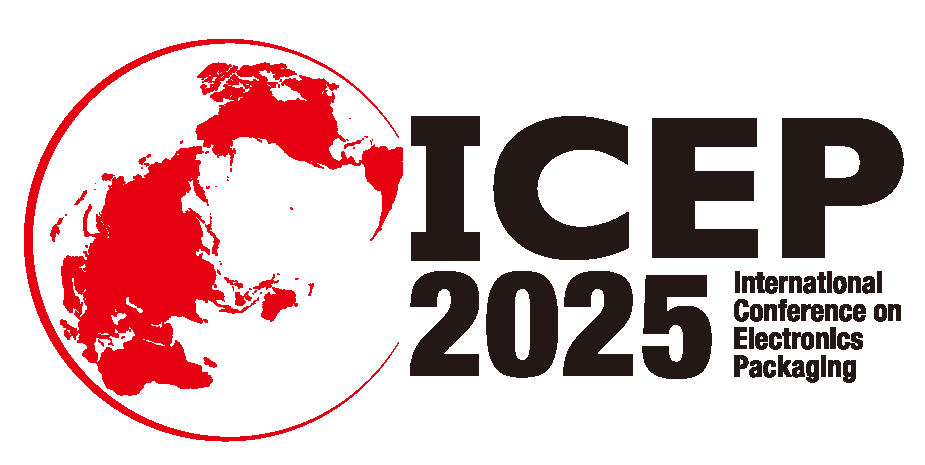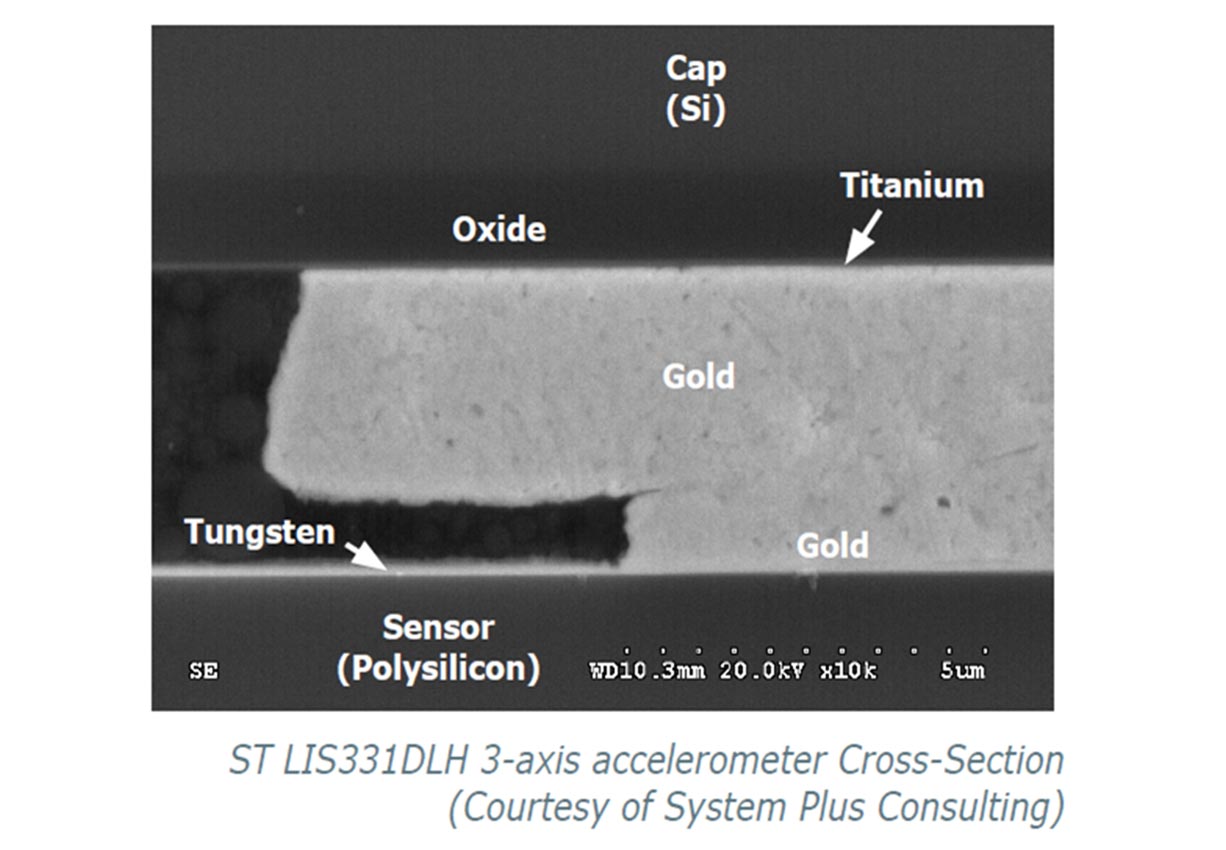- Products
-
Technologies
- IR LayerRelease™ Technology
- MLE™ - Maskless Exposure Technology
- Nanoimprint Lithography (NIL) - SmartNIL®
- Wafer Level Optics
- Optical Lithography
- Resist Processing Technology
- Temporary Bonding and Debonding
- Eutectic Bonding
- Transient Liquid Phase (TLP) Bonding
- Anodic Bonding
- Metal Diffusion Bonding
- Hybrid and Fusion Bonding
- Die-to-Wafer Fusion and Hybrid Bonding
- ComBond® Technology
- Metrology
- Company
- Careers
Metal Diffusion Bonding
Metal diffusion bonding for precise interfaces and alignment
Introduction
Metal diffusion bonding, also known as Thermo compression bonding (TCB), is a direct solid-state diffusion bonding process and is based on atomic contact. In this bonding technique, two metals are brought into contact by applying heat and force simultaneously after which the atoms diffuse to form the bond interface. TCB is widely used in the production of RF MEMS, light emitting diodes (LEDs), laser diodes as well as power devices.
TCB provides hermetic sealing of packaged internal structures and electrical interconnects in a single process step. Because of their high diffusion rates, Au, Al and Cu are the most established materials that are used in TCB. Compared to Al and Cu, Au requires less temperature for diffusion and has an added advantage of not becoming oxidized. The diffusion rate depends on the chosen temperature and applied pressure where the atoms diffuse between crystal lattices. Here, grain boundary and bulk diffusion takes place in addition to standard surface diffusion.
In this technology, wafer-level bonding is achieved at low temperatures without the application of an electric field. Nevertheless, good control of CTE (coefficient of thermal expansion) and synchronized wafer expansion is important to prevent any resulting stress and alignment shift during bonding. Furthermore, the applied force and its uniformity are important, which also depend on the metal density (features) and size of the wafers. In TCB, the bonding temperature and the applied pressure are inversely proportional, which gives a feasibility to tailor the bonding parameters.
Features
- Electrically conductive
- High fracture toughness
- Small bonding frames
- Hermetic sealing
- Very good post-bond alignment
- No contamination
- No or very little deformation

Talk to our EVG technology experts!
Questions?
Events

ICEP 2025
Listen to our talks "Wafer Bonding Advances & 3D Applications" held by our Representative Director Hiroshi Yamamoto on 9:30 Wednesday, April 16 / Room B and "Hybrid Bonding for Heterogenous Integration" held by our Process Technology Manager Europe Gerald Mittendorfer on 12:40 Friday, April 18 / Room A.

JFS Conference and Compoundsemiconductor Industry Expo 2025
Visit our booth #A308

MicroNanoFabrication Annual Review Meeting 2025
Visit our booth at the MicroNanoFabrication Annual Review Meeting 2025!
- IR LayerRelease™ Technology
- MLE™ - Maskless Exposure Technology
- Nanoimprint Lithography (NIL) - SmartNIL®
- Wafer Level Optics
- Optical Lithography
- Resist Processing Technology
- Temporary Bonding and Debonding
- Eutectic Bonding
- Transient Liquid Phase (TLP) Bonding
- Anodic Bonding
- Metal Diffusion Bonding
- Hybrid and Fusion Bonding
- Die-to-Wafer Fusion and Hybrid Bonding
- ComBond® Technology
- Metrology
Questions about our technologies?
Contact the EVG experts

